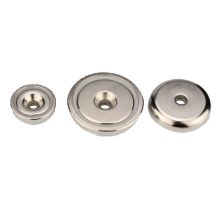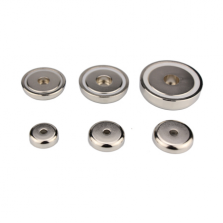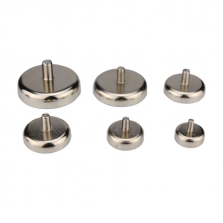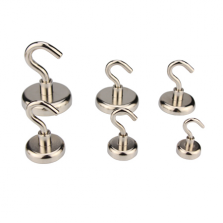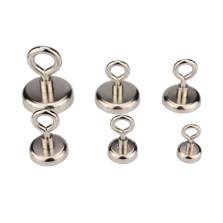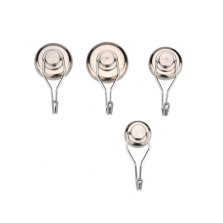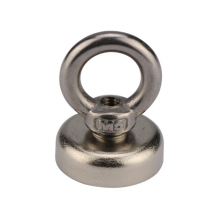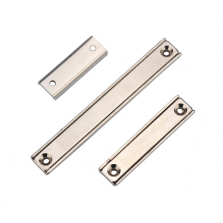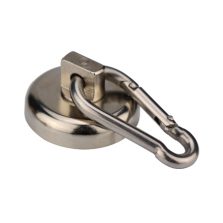- 1What is a pot magnet?
- 2What is pot magnet used for?
- 3What are the parts of a pot magnet?
- 4How does a pot magnet work?
- 5What are the different types of pot magnet?
- 6Which type of pot magnet should you choose?
- 7What is a countersunk pot magnet?
- 8How to use a countersunk pot magnet
- 9What is an internal threaded pot magnet?
- 10What is a through hole pot magnet?
- 11What is a stud pot magnet?
..to your best source for incredibly strong neodymium rare earth magnets. If you are new to our site, we're glad you found us. We hope we can fill all of your neodymium rare earth magnet needs.
What are the parts of a pot magnet?
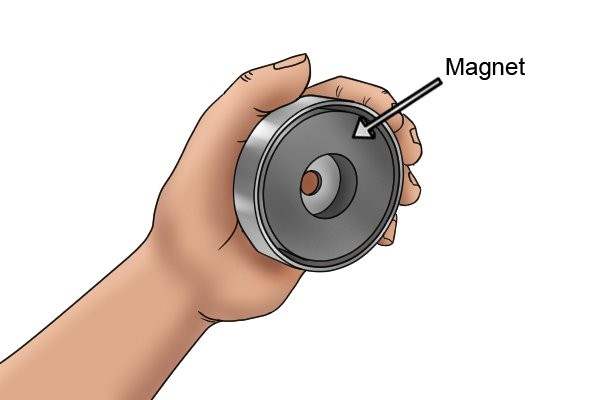 | A pot magnet's magnetic face is only exposed on one side of the steel pot.
The north pole of a pot magnet is in the centre of the magnet, with the south pole around the outside edge. |
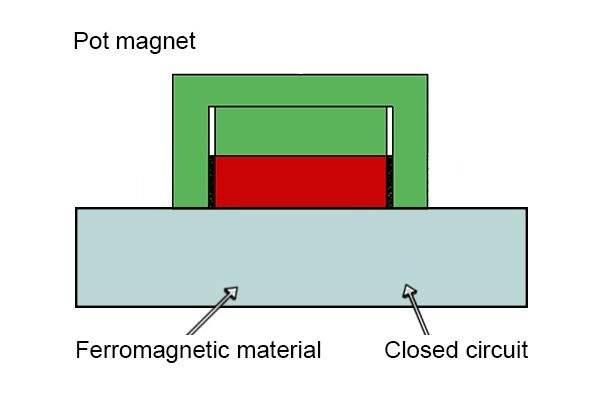 | The configuration of the magnetic poles creates a closed circuit when the magnet is attached to a ferromagnetic material, providing a stronger hold. A closed circuit is where the magnetic field is trapped within the ferromagnetic material when it becomes attached to the magnet. |
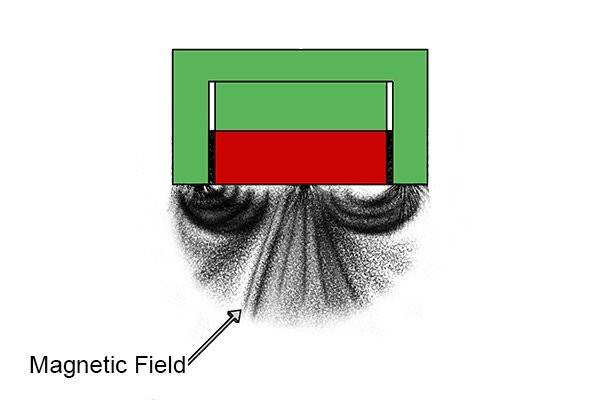 | This type of magnetisation does lead to the magnetic field being strong, but not far reaching, as the lines only run parallel to the magnet. Therefore, the pot magnet can only attract ferromagnetic materials when they are very close to the magnetic face. |
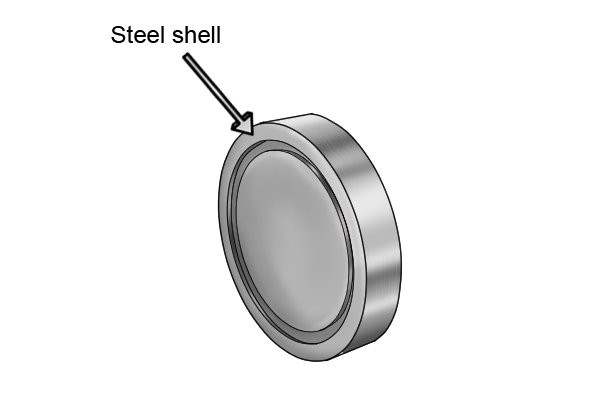 | Steel shell on a pot magnetThe steel shell is a casing for the magnet and protects it from any chipping or cracking from contact with a hard surface, and any demagnetising effects. (see Magnets glossary).
The steel pot provides strength for the magnet, which would otherwise be very brittle, and allows threaded holes and studs to be inserted. |
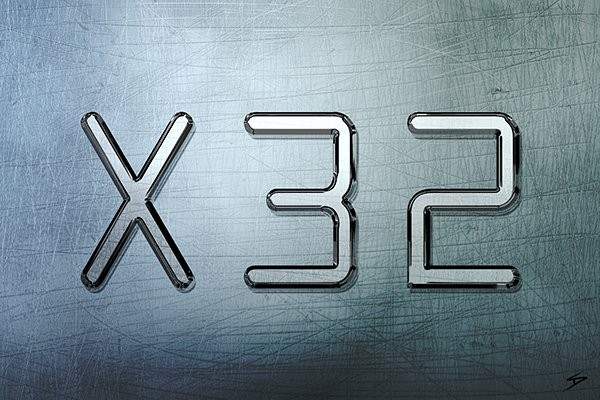 | The steel shell helps the magnetic field become up to thirty two times stronger than other magnets by concentrating it to only one magnetic face. This means it can hold large objects such as supermarket signs from a ceiling without any additional support. |
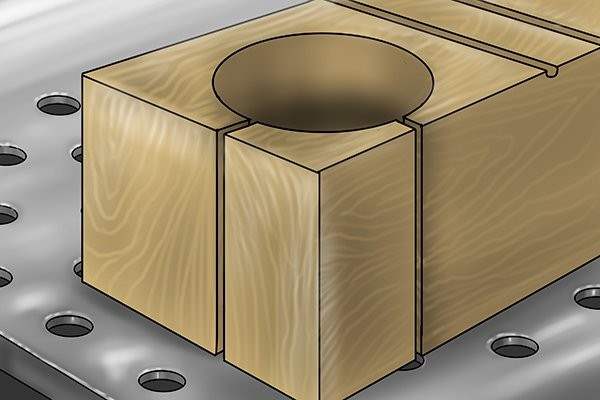 | Because of its steel shell, a pot magnet can be inserted into ferromagnetic objects, such as jigs and fixtures, as, unlike other magnets, it will not suffer any demagnetising effects.
|
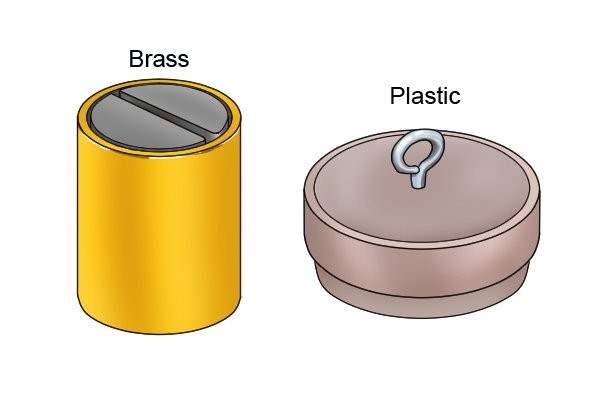 | Some varieties of pot magnet can also be encased in a brass or plastic shell. The brass and plastic provide the magnet with a non-ferromagnetic shell which increases the magnetic field when a pot magnet is not supplied with a spacer. This only occurs in American pot magnets, as brass or plastic shells are not currently available in this country. |
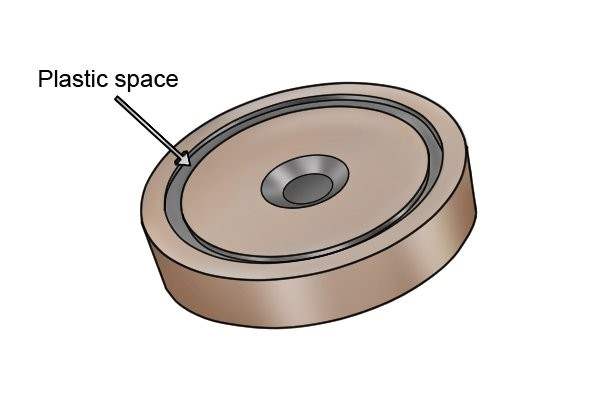 | Pot magnet spacerA spacer acts as a barrier in-between the magnet and the steel shell to avoid any demagnetising effects the steel may have on the magnet. A spacer in a pot magnet can either be made of brass or plastic. |
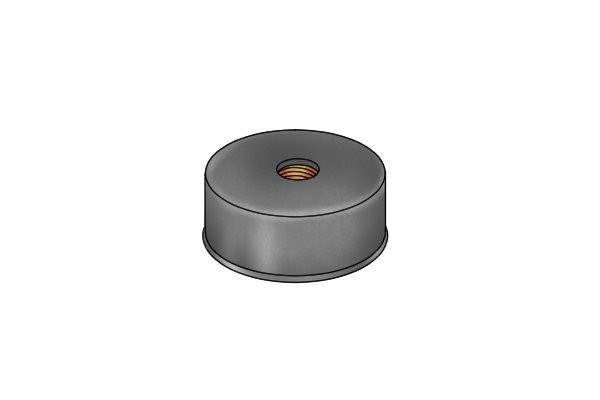 | Rubber cap and rubber coating on a pot magnetPot magnets can have a rubber coating on top of their steel shell which allows them to be used on surfaces where the user does not want the magnet to scratch, such as on a car roof.
You can apply the rubber coating yourself; for more information, see the page: How to replace a magnet's rubber coating. |
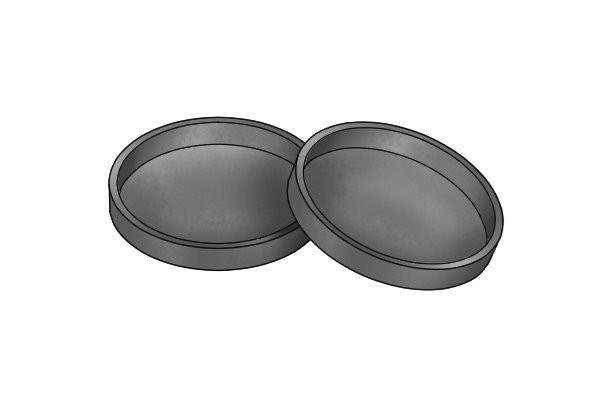 | If the pot magnet does not have a rubber coating, there is the option to buy a rubber cap which is easy to press onto the magnet and to remove. |
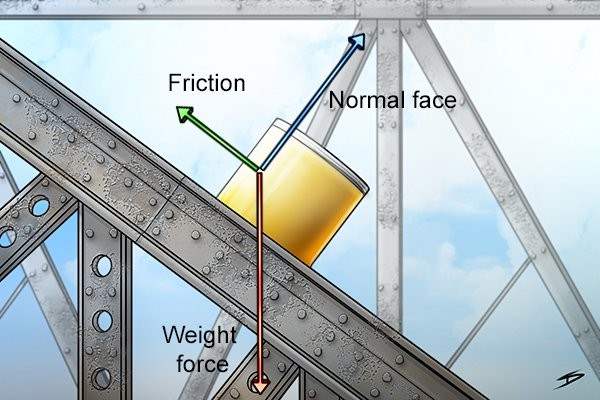 | The rubber provides the pot magnet with friction which allows the magnet to be clamped on vertical surfaces so they will not easily slide off. However, the rubber cap or rubber coating on a pot magnet creates an air gap (see Magnets glossary for more information) meaning the holding capabilities of the magnet can be reduced.
For more information, see page What are magnets coated in? |
